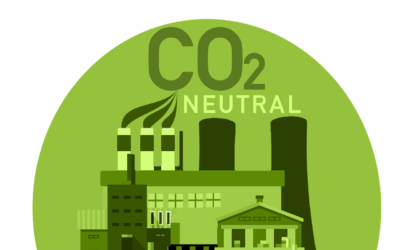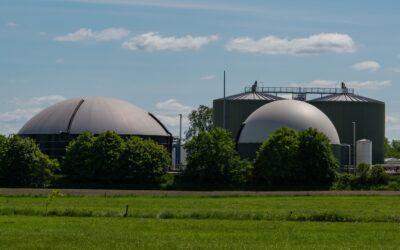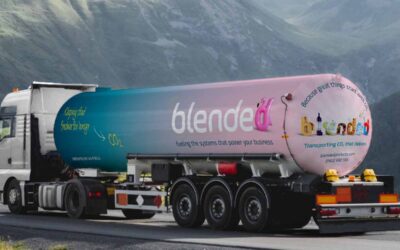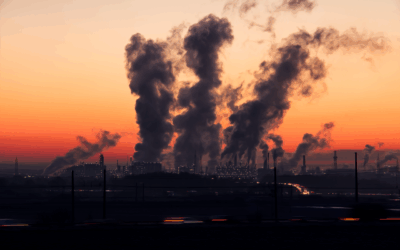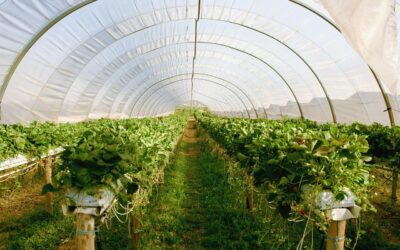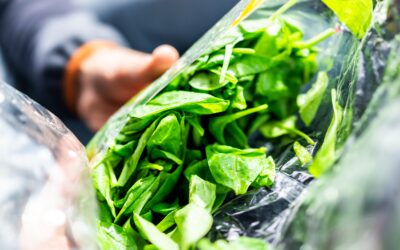As industries across the UK and beyond work toward Net Zero goals, finding efficient and scalable methods to reduce carbon emissions has become a major focus. One area showing significant promise is carbon capture using aqueous ammonia — a process that not only helps...
News & Insights
The role of Biogas in a Net Zero UK
Biogas is unique because it offers multiple benefits beyond renewable energy production: Decarbonising heat and transportBiomethane is a direct substitute for natural gas, meaning it can reduce emissions in heating systems without the need for costly infrastructure...
UK CO₂ supply: Why it’s vulnerable
CO₂ is one of those “invisible” essentials: you barely notice it — until suddenly you can’t get enough. For many industries in the UK — food & drink, refrigeration, packaging, brewing, meat processing — CO₂ isn’t a luxury, it’s a necessity. But supply chain weak...
Aquamonia and NOx Abatement in Energy from Waste
Energy from Waste (EfW) facilities play a crucial role in managing residual waste and generating energy, but they must also operate within strict environmental standards. One of the most significant challenges is the control of nitrogen oxides (NOx) – harmful gases...
The UK’s top 10 favourite fizzy drinks!
From a chilled can of Coca-Cola to a nostalgic bottle of Irn-Bru, carbonated soft drinks remain a staple in British fridges. These fizzy favourites aren't just about flavour — it’s the bubbles that make them iconic. In 2023, Coca-Cola Original held its crown as the...
Bridging the CO₂ gap: How VeCO₂ can fix the UK’s broken supply chain.
The UK’s carbon dioxide (CO₂) supply chain is more fragile than most people realise. With essential industries—from food and drink to water treatment and healthcare—reliant on a steady CO₂ supply, the cracks in our national infrastructure pose serious risks. Every...
Why are more brewers switching to biogas?
Why are more brewers are switching to biogas? As the brewing industry continues to embrace sustainability, many breweries are now looking beyond ingredients and packaging to make meaningful environmental changes. One often-overlooked area is carbon dioxide...
Can VeCO₂ help decarbonise cement?
A sustainable step forward for concrete The cement industry is one of the largest industrial sources of carbon dioxide emissions, responsible for approximately 7% of global CO₂ emissions, according to the World Economic Forum. As industries move towards net zero,...
Aqueous Ammonia and its Many Uses
What is Aqueous Ammonia?Aqueous ammonia, also known as ammonia solution or ammonium hydroxide, is a clear, colourless liquid composed of ammonia dissolved in water. It has a strong, pungent odour and is commonly used across various industries due to its versatility...
Is Blended’s ADCO₂ the Future of CO₂ Supply?
The demand for sustainable CO2 sources is growing as businesses strive to reduce emissions, secure reliable supply chains, and comply with stricter environmental regulations. Blended’s ADCO2 offers a viable, renewable alternative to fossil-based CO2, making it a...
Gas and Salad
In the UK, bagged salads are commonly packaged using Modified Atmosphere Packaging (MAP) to extend shelf life and maintain freshness. This technique involves replacing the air inside the packaging with a specific gas mixture tailored to the product. For salads, the...


